#the one by Millais looks like a cover for a Royal Diaries book
Text

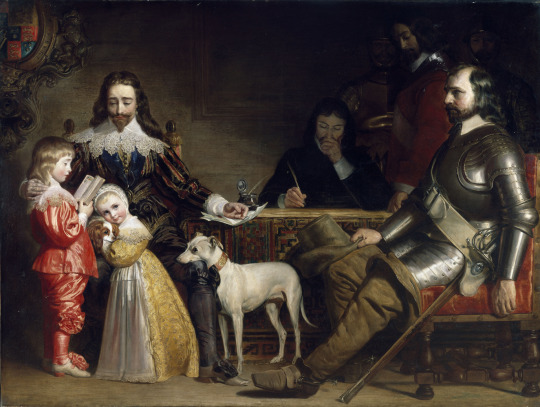
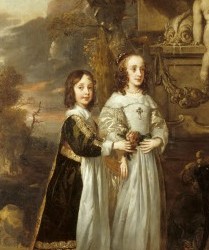
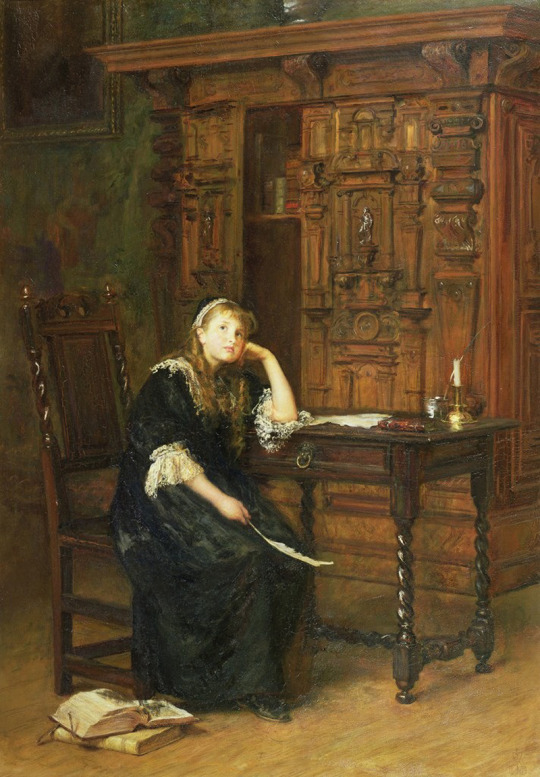
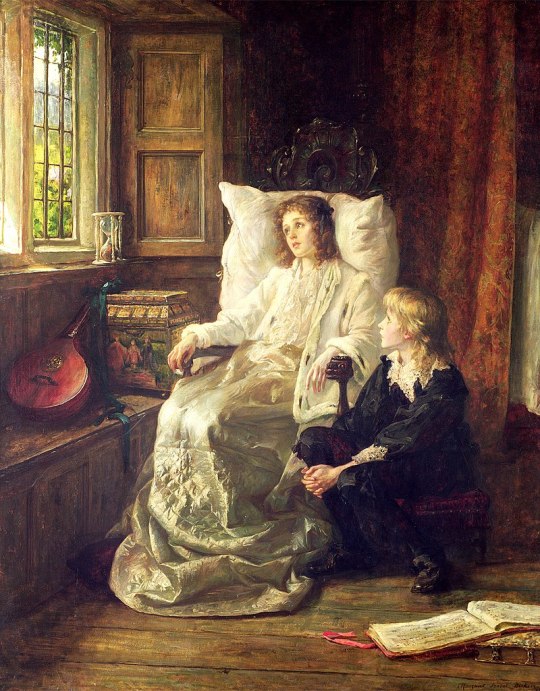

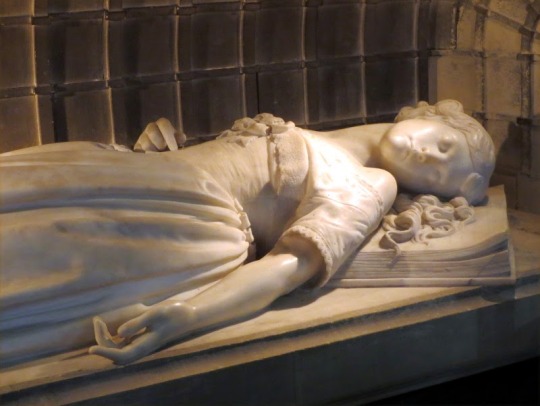
The day before his execution, Charles I was permitted to see two of his children one last time. Elizabeth and Henry Stuart had been in the custody of Parliament since they were six and two years old, and were now thirteen and eight. The rest of Charles's family were in exile in France, aside from his eldest daughter Mary, who had married the Prince of Orange.
At her father's instruction, Elizabeth later wrote an account of the meeting. An onlooker recalled that she was weeping so heavily that "the king said 'Sweet-heart, you'll forget this,' but that she promised that she "shall never forget this, whilst I live," and pouring forth an abundance of tears, promised to write down the particulars."
Charles instructed her that she was to obey her eldest brother as the new king, and named her some Protestant books to read to "ground her against Popery," also gifting her a bible. He advised her to forgive his executioners, "but never to trust them, for they had been most false to him and to those that gave them power." More personally, he asked that she "tell my mother that his thoughts had never strayed from her, and that his love would be the same to the last."
Turning to the young Duke of Gloucester, he set the child on his knee, saying "Sweet-heart, now they will cut off thy father's head." He explained that Parliament might try to crown him as a puppet king, but warned "thou must not be a king as long as thy brothers Charles and James do live; for they will cut off your brothers' heads when they can catch them, and cut off thy head too at the last." Little Henry assuaged his father's fear by exclaiming "I will be torn in pieces first!"
Elizabeth would die in her captivity a year later, catching pneumonia after being made to travel while already sickly, allegedly found with her head resting on her father's bible. Her simple grave in a local church was marked only with her initials, ES. Henry would remain in custody for another two years, finally joining his family in exile. Elizabeth's story - the innocent princess becoming a forgotten casualty of war, became a popular subject for Victorian romanticists, with Queen Victoria herself commissioning a marble statue for her tomb. The statue shows Elizabeth with her head resting on her bible, an iron grate in front being lifted away.
#I'd never heard about this#similar to the story of Edward Duke of Warwick's imprisonment at ten#victims of their parentage#stuarts#victorians#art history#the one by Millais looks like a cover for a Royal Diaries book#plucky princess daydreaming over her journal#wouldn't be a bad subject for one except she doesn't grow up to be a ruler herself#but there's no English Civil War princess pov as far as I know
85 notes
·
View notes